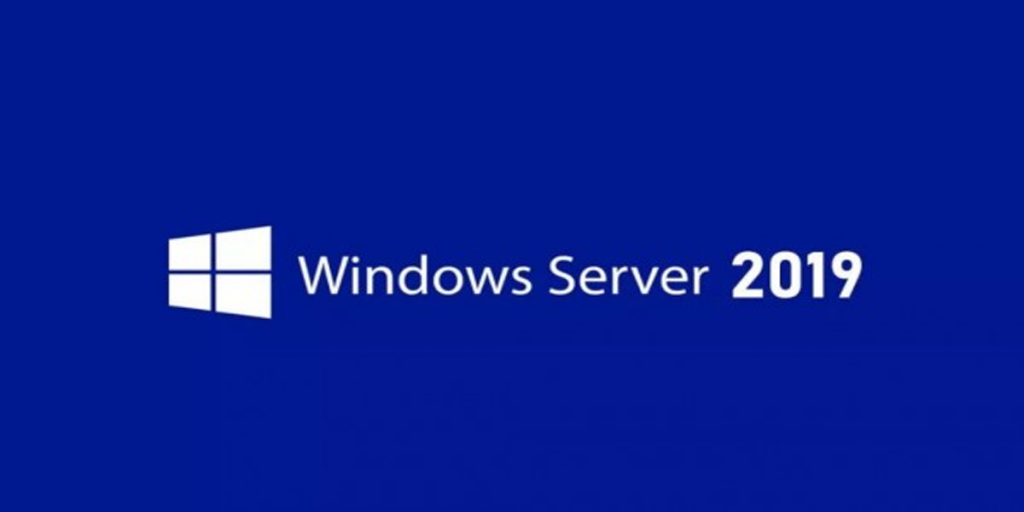
Windows Server 2019, the latest supported version of Windows based on Windows 10, is, at the same time, the latest version of Windows Server and of the server operating system by Microsoft, as part of the Windows NT family of operating systems. It succeeded Windows Server 2016, announcing on March 20, 2018 and being officially released to the public on October 2, 2018.
Windows Server 2019 Editions
Server 2019 is available in three major editions
- Essentials
- Standard
- Datacenter
Minimum Hardware Requirements
- Processor – 1.4 GHz 64-bit processor.
- RAM – 512 MB.
- Disk Space – 32 GB.
- Network – Gigabit (10/100/1000baseT) Ethernet adapter.
Locks and Limits
| Locks and Limits | Windows Server 2019 Standard | Windows Server 2019 Datacenter |
| Maximum number of users | Based on CALs | Based on CALs |
| Maximum SMB connections | 16,777,216 | 16,777,216 |
| Maximum RRAS connections | unlimited | unlimited |
| Maximum IAS connections | 2,147,483,647 | 2,147,483,647 |
| Maximum RDS connections | 65,535 | 65,535 |
| Maximum number of 64-bit sockets | 64 | 64 |
| Maximum number of cores | unlimited | unlimited |
| Maximum RAM | 24 TB | 24 TB |
| Can be used as virtualization guest | Yes; 2 virtual machines, plus one Hyper-V host per license | Yes; unlimited virtual machines, plus one Hyper-V host per license |
| Server can join a domain | yes | yes |
| Edge network protection/firewall | no | no |
| DirectAccess | yes | yes |
| DLNA codecs and web media streaming | Yes, if installed as Server with Desktop Experience | Yes, if installed as Server with Desktop Experience |
Windows Server 2019 Standard vs Datacenter
To sum up, the key difference between the Essential and Standard editions lies in the number of users and devices they support. For an overview of the basic differences between the Standard and Datacenter editions, take a look at the table below:
| Feature | Standard edition | Datacenter edition |
| Basic functionality of Windows Server | Yes | Yes |
| Integration with Azure | Yes | Yes |
| Hyper-Converged Infrastructure | No | Yes |
| Hyper-V/OSEs (operating system environments) containers | 2 per license | Unlimited |
| Windows Server containers | Unlimited | Unlimited |
| HGS (Host Guardian Service) | Yes | Yes |
| Host Guardian Hyper-V Support | No | Yes |
| Storage replica | Yes (up to 2 TB of volume) | Yes |
| Shielded virtual machines (VMs) | No | Yes |
| Software-defined networking/storage | No | Yes |
Windows Server 2019 vs. 2016
The overview table shows what is different from Windows Server 2016. It also contains functions that were dropped during the version change. These are either no longer needed or have been replaced by other functions.
| Feature | Windows Server 2016 | Windows Server 2019 |
| Windows Admin Center | ✓ | ✓ |
| System Insight | x | ✓ |
| Hybrid Cloud | ✓ | ✓ (expanded) |
| Azure support | ✓ | ✓ (expanded) |
| Linux support | ✓ | ✓ (expanded) |
| Kubernetes | ✓ | ✓ (expanded) |
| Windows image | x | ✓ |
| Windows Defender ATP | x | ✓ |
| Shielded VMs | ✓ | ✓ (also for Linux) |
| Encryption between VMs | x | ✓ |
| Storage Migration Service | x | ✓ |
| Storage Space Direct | ✓ | ✓ (expanded) |
| Storage Replica | ✓ (only Datacenter Edition) | ✓ |
| Business Scanning | ✓ | x |
| Internet Storage Name Service | ✓ | x |
| Remote Desktop Connection Broker / Virtualization Host | ✓ | x |
Best 6 New Windows Server 2016
- Enterprise-grade hyperconverged infrastructure (HCI).
- GUI for Windows Server 2019.
- Project Honolulu.
- Improvements in security.
- Smaller, more efficient containers.
- Windows subsystem on Linux.
Windows 2019 Server General Questions
What is Enterprise-grade hyperconverged infrastructure (HCI)?
Hyperconverged infrastructure (HCI) is a software-defined, unified platform that combines all the elements of a traditional data center: storage, compute, networking, and management. This simplified solution uses software and x86 servers to replace expensive, purpose-built hardware.
What is Project Honolulu?
Windows Admin Center, formerly Microsoft Project Honolulu, is a browser-based utility that manages Windows Server and client operating systems, hyper-converged clusters and failover clusters
What is System Insights?
System Insights is a new predictive analytics feature in Windows Server 2019. In Windows Server 2019, System Insights ships with four default capabilities focused on capacity forecasting, predicting future resource for compute, networking, and storage based on your previous usage patterns.
What is Advanced Threat Protection defender (ATP)?
Windows Defender Advanced Threat Protection (ATP) is a Microsoft security product that is designed to help enterprise-class organizations detect and respond to security threats. ATP is a preventative and post-detection, investigative response feature to Windows Defender.
What is Software Defined Networking (SDN)?
Software Defined Networking (SDN) and a diverse set of SDN-based security applications will rapidly gain traction in the fight against cybercrime. SDN can make it easier to collect network usage information, which could support improved algorithm design used to detect attacks